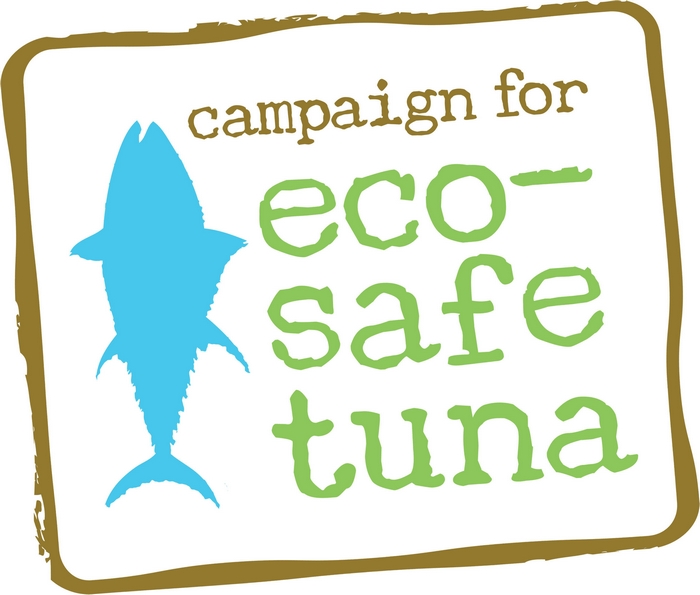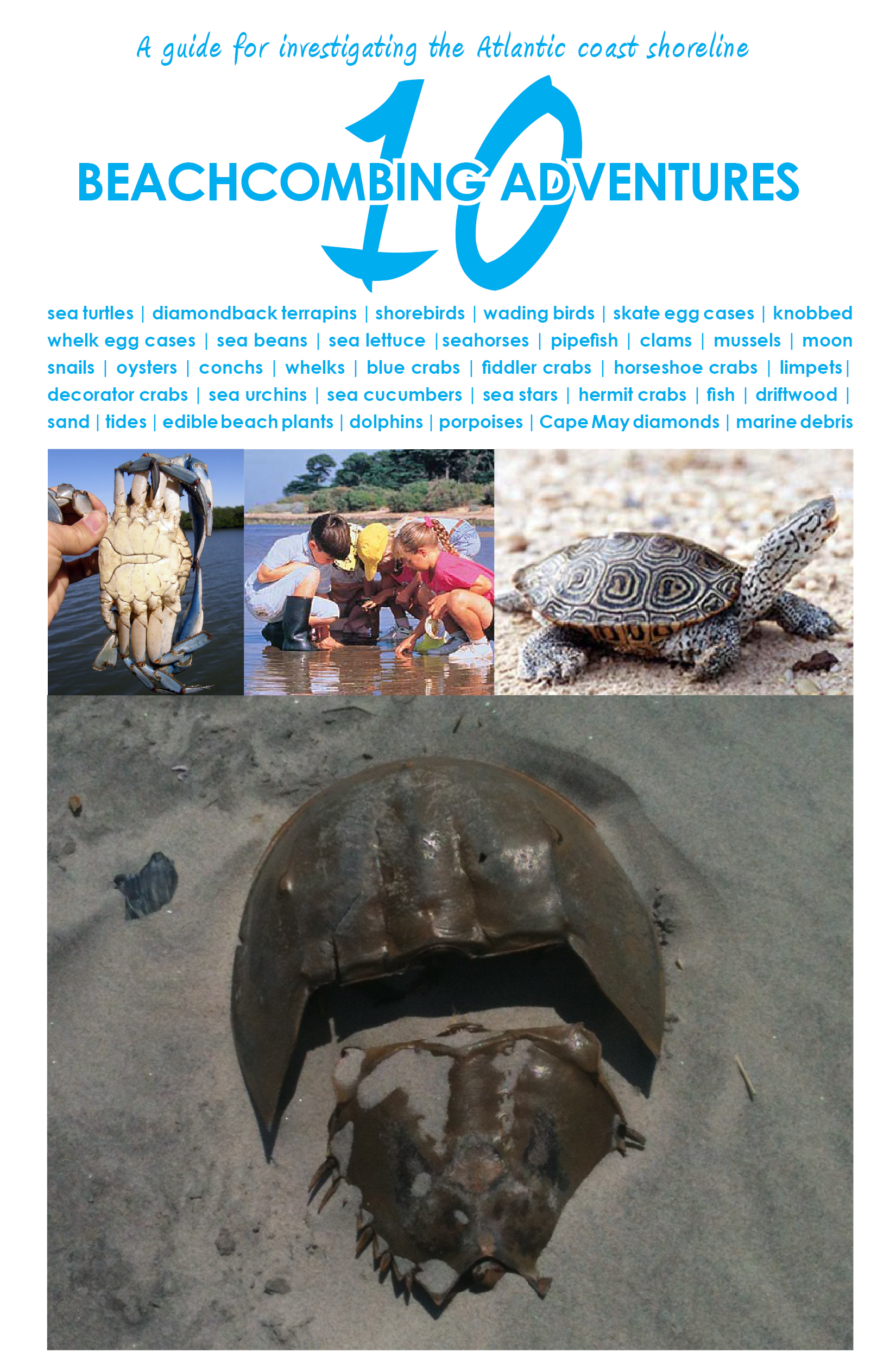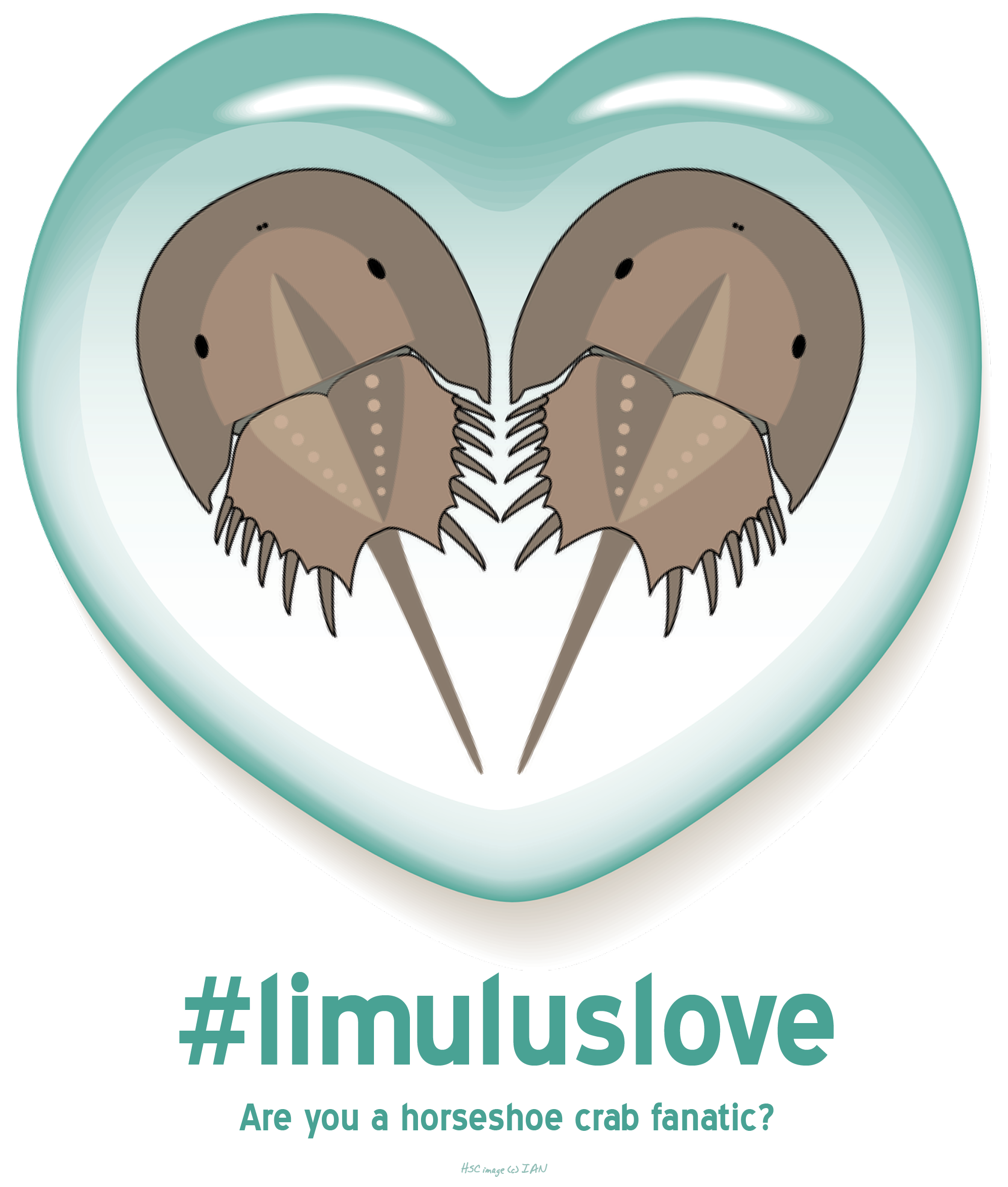A study funded by the Marine and Tropical Sciences Research Facility (MTSRF), the Australian Research Council, and the Packard Foundation illustrates that baby coral trout and stripey snappers eventually settled up to 6 miles from the marine reserve off the Keppel island group (Central Queensland, Australia) where they spawned. It’s often been speculated on what happens to the offspring of protected fish (once an area is declared ‘protected’, as in a marine protected area or reserve), but Team leader Professor Geoff Jones notes that “Now we can clearly show that the benefits of reserves spread beyond reserve boundaries, providing a baby bonus to fisheries.”
The researchers, who used DNA fingerprinting technology to track the pathways of baby coral trout and stripey snapper, concluded “The fact that local fishing communities can directly benefit from a source of recruitment from their local reserves is the strongest support yet that reserve networks can be an effective tool for sustaining future generations of both fish and fishers.”
Learn more about marine protected areas in California, Hawai’i, and Florida here.


















What people are saying …